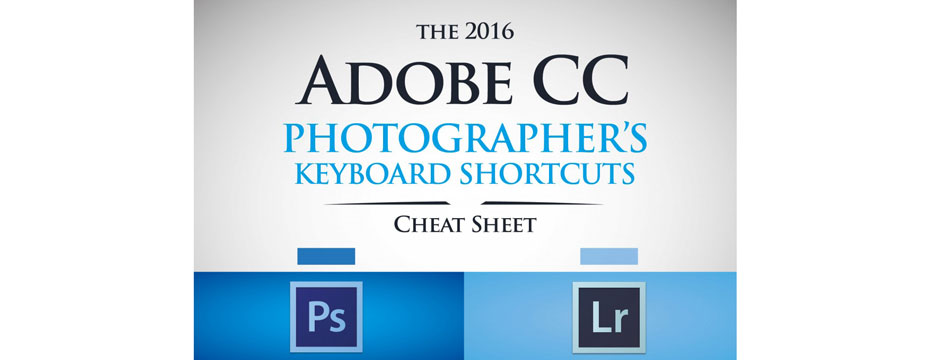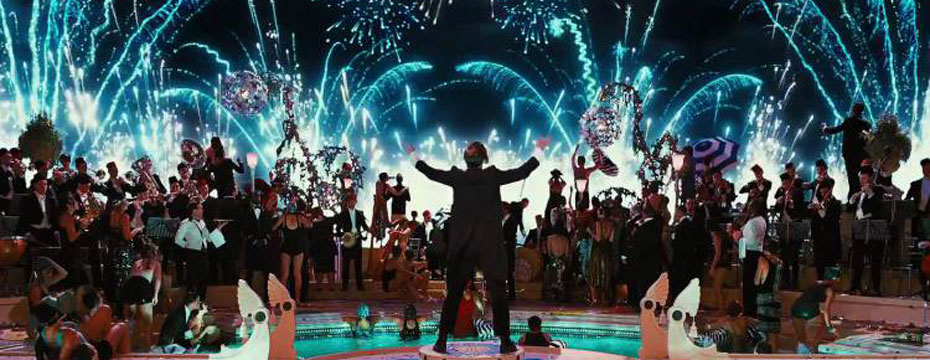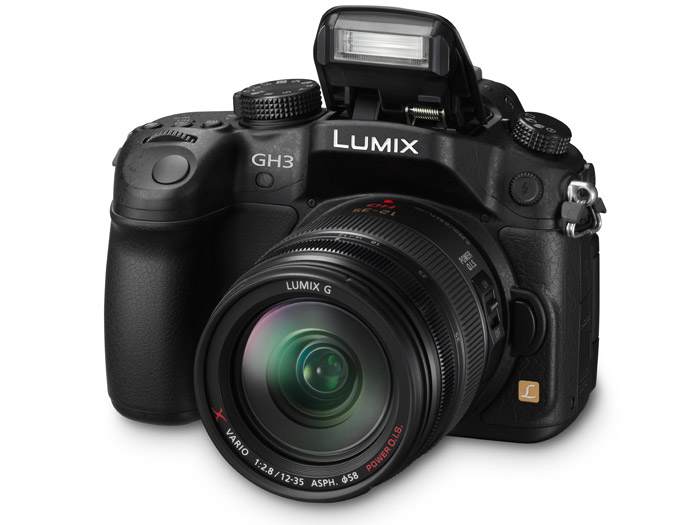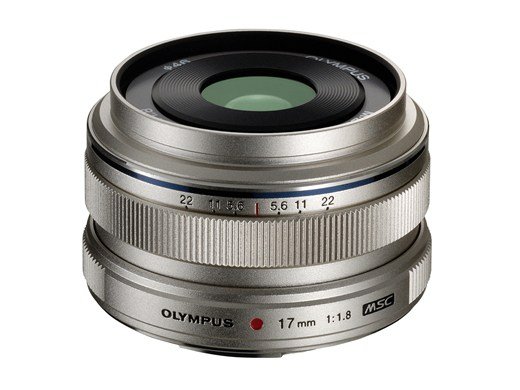
Lens Design and Software Corrections
Lens design is a major act of compromises.
- Field of View (focal length)
- Quality
- Zoom or Prime
- Size
- Weight
- Image circle (targeted sensor size)
- Price (depends also on number of sold copies)
All lenses show to some extent different lens artifacts:
- Chromatic Aberrations (Lateral and Longitudinal )
- Distortions
- Vignetting
- Corner softness
Software can improve your lenses
The better the lenses are corrected the lower the artifacts. But often correcting a lens to a very high extent drives weight, size and especially the price up. Since about ten years software manufacturers like DxO and for some time now also other raw converter manufacturers (e.g. Adobe Lightroom) added features to correct some of the deficits.
-
Lateral CA removal is now implemented in most raw converters (Lightroom 4 does not even need a lens profile for this anymore)
-
Distortion can be reduced by using lens profiles (e.g. DxO and Adobe Lightroom) or with distortion tools in other converters.
-
Vignetting is also addressed by these software applications
-
Corner softness is only directly supported by DxO as far as we know
Lens Design with Software Corrections in Mind
Today the manufacturers go one step further. They not only think of software to correct minor artifacts. Instead they design lenses that always should be used together with software corrections (in camera JPEGs or raw converters). This allows them to create smaller, lighter and lower cost lenses and zooms.
Two samples:
1. Panasonic 7-14mm f/4 zoom for m43 cameras
This is a very extreme zoom with an effective field of view (FOV) like a 14-28mm zoom for full frame 35mm systems. This zoom is on top also very light and small.

Without Distortion Corrections (in DxO Optics Pro 7.x)
With Distortion Corrections (in DxO Optics Pro 7.x)
As you can see the correction works and makes this a very nice ultra wide angle zoom.
2. Canon PowerShow G1 X at 15.1mm (effective 28mm)
Here the design goal was to make a very small zoom that covers an effective 28mm FOV at the wide end for a not that small sensor.
Without Distortion Corrections (in DxO Optics Pro 7.x)
With Distortion Corrections (in DxO Optics Pro 7.x)
Here the zoom without corrections would be hardly acceptable. With corrections the result is not bad at all.
Conclusion
Lens design with software corrections in mind gets more and more common. This way smaller and lighter zooms can be created with still very acceptable results in the end. Of course software lens corrections come not for free because all these operation degrade image quality to some extent (also not all corrections are made equal). In the end we judge the results we get with all the software trickery. Check your own raw converter how it support lens artifacts.
If you want optimal lens quality you need to use only prime lenses and also live with a much higher price.
Uwe Steinmueller
From: OutbackPhoto.Net
PLEASE RATE THIS STORY! [ratings]










